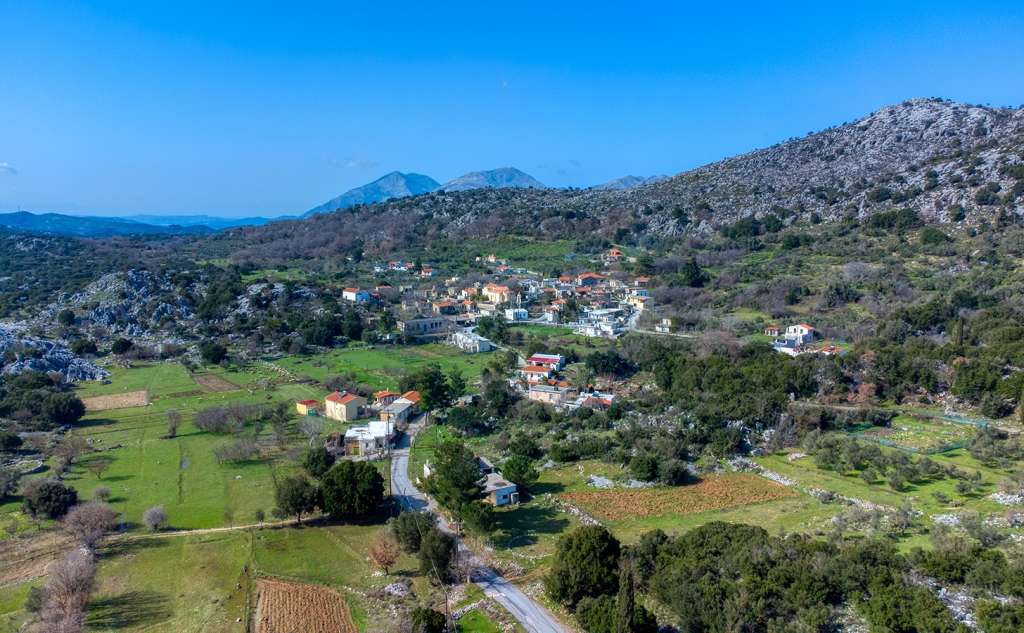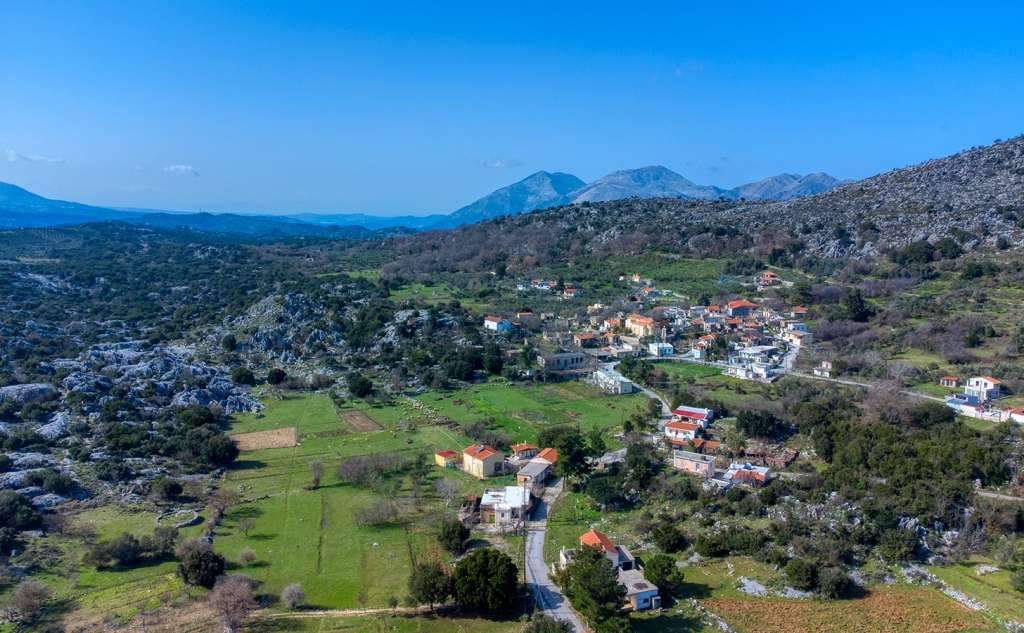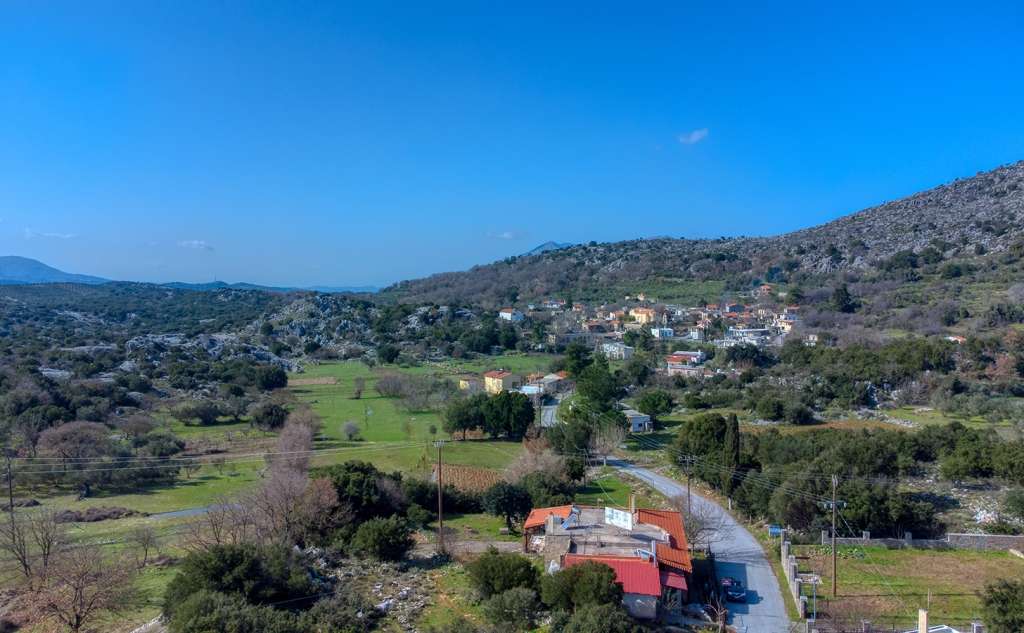






The picturesque village of Kamariotis, with the stone houses, is built at an altitude of 620 metres, and it is 29 km from Heraklion.
Probably, the village's name comes from the surname of its first inhabitant, Kamariotis. Kamariotis was mentioned in 1396 in a document of the Ducal Archive of Chandakas for the first time as Camarioti. In 1583, it was noted as San Zorzi Camarioti, with 237 inhabitants in the census of the Castle Guard. Also, at the beginning of the 17th century, Kamariotis was the cousin of the Cretan Markos Papadopoulos, founder of the Holy Trinity Monastery in Areti Mirabello. On January 16th, 1867, a battle with the Turks took place in the village, where the Greek officers Palamas Vassilios (brother of poet Kostis Palamas) and Vassilios Ioannis were killed.
Near the village was the village of Varsama, from where the Turks took priest North’s daughter, Eumenia, along with other small children. Later, this girl became favoured by Sultan Mehmet IV and then queen mother, mother of two sultans, Mustafa II and Ahmet III.
At the western exit of the village, the visitors can see a dirt road that leads to Tripiti. There, they can admire the huge rocks that compose labyrinths and other strange shapes. Also, to the west of the village is the small area of Kremastos, overgrown with oaks, bushes and carobs. A path ideal for walking through the oak forest, which reaches just outside Aidonochori, passes. The area also has historical value, as, during the period of the Ottoman rule, the inhabitants of the village found refuge there.
When you are in Kamariotis, the old church of Panagia, as well as the three-aisled vaulted church of Agios Georgios, are worth visiting. The Turkish fountain, a remnant of the Ottoman Empire, is preserved in the village square. The fountain has built-in members that were cut off from the church of Agios Georgios. Next to the fountain, there are built-in grills and ovens. Here, the festival of Agios Georgios takes place in April, and of Panagia, on the 15th of August, with decadent treats from the Cultural Association.